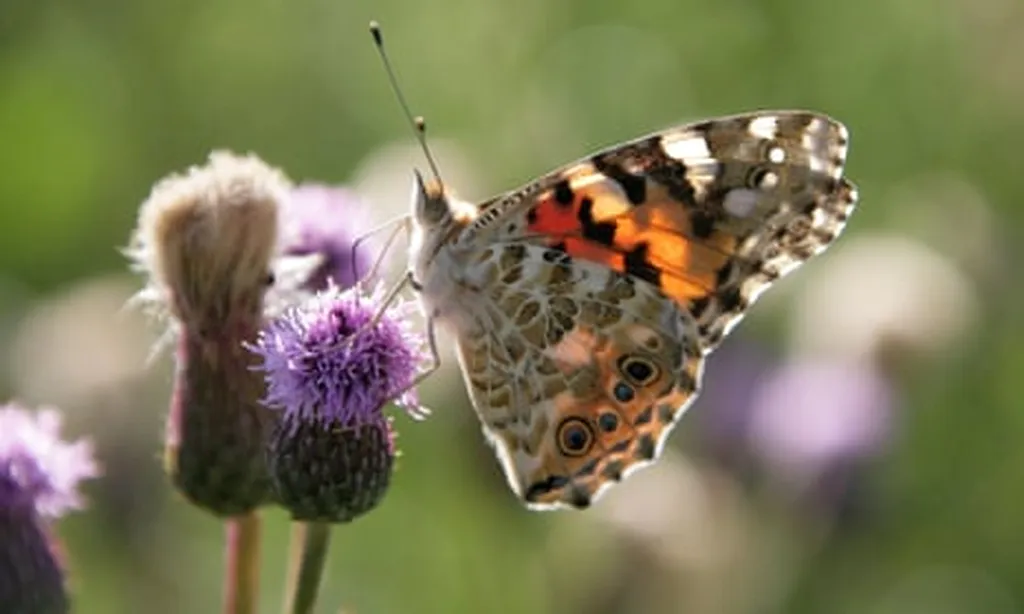In the ever-evolving landscape of agriculture, climate change is not just an environmental concern but a significant economic factor, particularly for the legume industry. A recent study published in the journal *Insects* (translated from Latin) has shed light on how shifting climates could expand the habitat of the pulse blue butterfly, *Lampides boeticus*, a notorious pest of legume crops. The research, led by Jeong Ho Hwang of the Wetland Center at the National Institute of Ecology in the Republic of Korea, employs advanced modeling techniques to predict the future distribution of this insect, offering crucial insights for farmers and agribusinesses alike.
The pulse blue butterfly, a member of the Lycaenidae family, thrives in tropical and subtropical regions. However, as the planet warms, these butterflies are expected to venture further north into temperate zones. “Our models indicate that the minimum temperature of the coldest month is the primary climatic variable influencing the distribution of *L. boeticus*,” explains Hwang. This finding suggests that as winters become milder, the butterfly’s range could expand significantly, potentially impacting legume cultivation in new areas.
The study utilized three different modeling approaches—MaxEnt, random forest, and ensemble models—to predict the butterfly’s potential distribution under current and future climate scenarios. The results were consistent across all models, providing a robust prediction of the pest’s future habitat. “The alignment of predicted distributions with known occurrence records gives us confidence in our findings,” Hwang notes. This predictive power is invaluable for the agricultural sector, as it allows for proactive pest management strategies.
The commercial implications of this research are substantial. Legumes are a vital crop, not just for human consumption but also for animal feed and as a source of renewable energy through biodiesel production. The expansion of the pulse blue butterfly’s habitat could lead to increased pest pressure in major legume-growing regions, potentially impacting yields and profitability. “Our findings highlight the urgent need for developing a sustainable pest management strategy,” Hwang emphasizes. This could involve integrated pest management practices, the development of resistant crop varieties, or even the use of biological controls.
The study also underscores the importance of understanding species distribution modeling in the context of climate change. As temperatures rise, many pests and pathogens are expected to expand their ranges, posing new challenges for agriculture. By anticipating these shifts, farmers and agribusinesses can better prepare and adapt, minimizing potential losses.
In the broader context, this research could shape future developments in the field of agricultural technology. The use of advanced modeling techniques to predict pest distributions is a growing trend, and this study demonstrates the practical applications of such approaches. As climate change continues to reshape our world, the ability to forecast and mitigate its impacts on agriculture will be increasingly important.
For the legume industry, the message is clear: climate change is not a distant threat but an immediate concern. The expansion of the pulse blue butterfly’s habitat is just one example of how shifting climates can impact crop production. By heeding the warnings of this research and taking proactive measures, the industry can safeguard its future and ensure the continued supply of this vital crop. As Hwang’s study shows, understanding and preparing for these changes is not just a matter of environmental stewardship but also of economic prudence.

